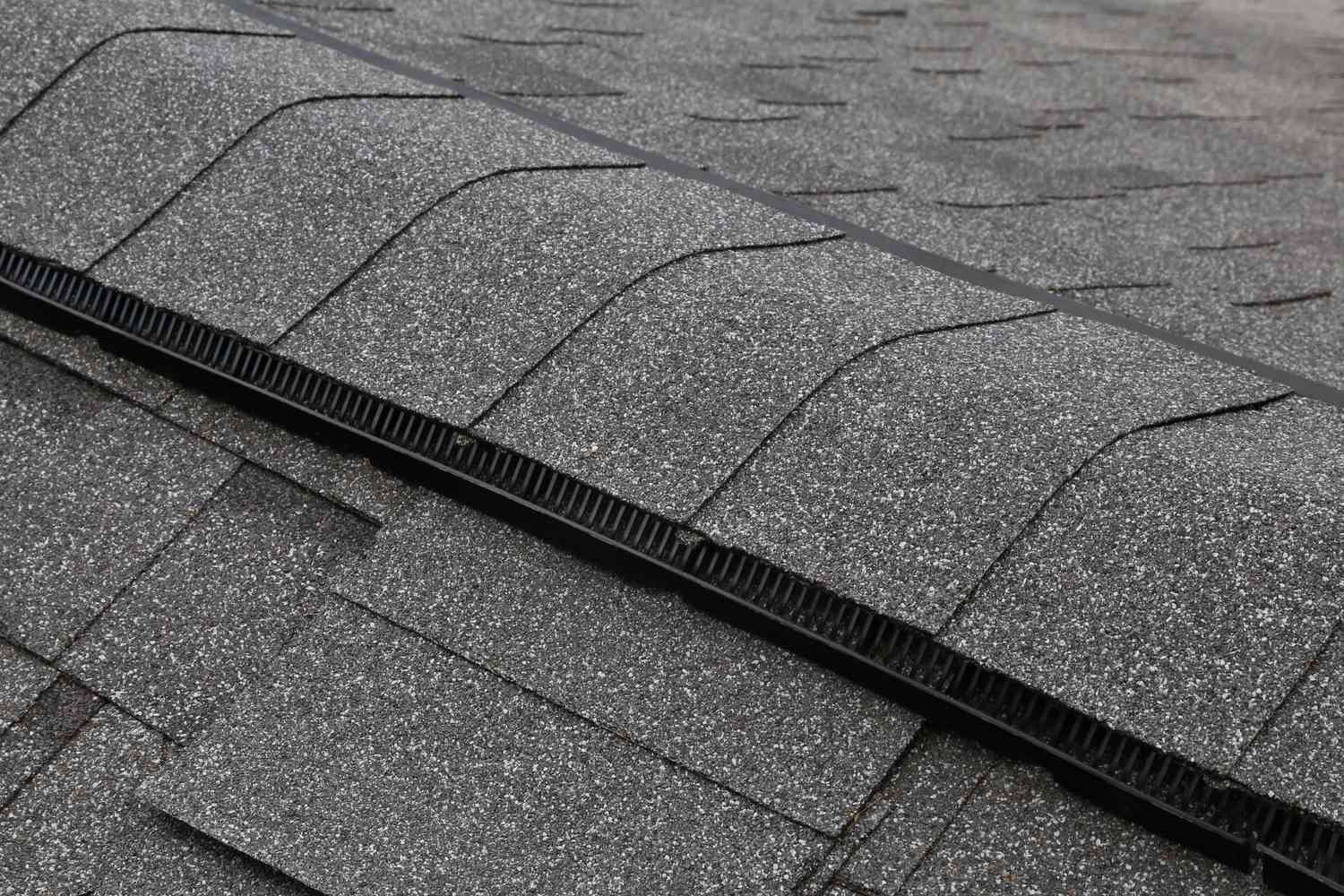

Articles
What Is A Roof Ridge
Modified: October 20, 2024
Discover everything you need to know about roof ridges with our informative articles. Explore various types, installation methods, and maintenance tips for a strong and durable roof.
(Many of the links in this article redirect to a specific reviewed product. Your purchase of these products through affiliate links helps to generate commission for Storables.com, at no extra cost. Learn more)
Introduction
Welcome to the world of roofing! When it comes to the design and construction of a roof, there are various components that play a crucial role in its functionality and durability. One such vital element is the roof ridge. Whether you are a homeowner or a roofing professional, understanding and appreciating the importance of the roof ridge is essential.
In this article, we will explore what a roof ridge is, its significance, the components that make it up, the different types available, and the benefits of having a properly designed roof ridge. We will also delve into some common problems that can occur with roof ridges and how to detect and address them.
So, let’s dive into the world of roof ridges and discover why they are such a critical aspect of any roofing system.
Key Takeaways:
- The roof ridge is a critical component of any roofing system, providing essential waterproofing, ventilation, and structural support. Understanding its importance and performing regular maintenance can prolong the lifespan of the roof and ensure a secure home.
- Common problems with roof ridges, such as leaks, damaged ridge caps, and poor ventilation, can lead to significant damage if not addressed promptly. Regular inspections, cleaning, and timely repairs are essential to maintain the integrity of the roof ridge and prevent costly issues.
Read more: What Is A Roof
Definition of Roof Ridge
The roof ridge is the highest point of a sloped roof where two opposing roof planes intersect. It runs horizontally across the roof’s peak, forming a ridge line that extends from one end of the roof to the other. The roof ridge is typically constructed to be wider than the rest of the roof and serves as a crucial structural element.
The primary function of the roof ridge is to provide a secure and watertight seal at the peak of the roof. It acts as a barrier against water infiltration, preventing rain, snow, and other forms of moisture from entering the interior of the building. Additionally, the roof ridge helps to distribute the weight and stress placed on the roof evenly, ensuring its stability and longevity.
Roof ridges are predominantly found in pitched or sloped roofs, as they are designed to handle the runoff of rain and snow. However, they can also be incorporated into flat or low-slope roofs, albeit with some variations in design and construction.
To create the roof ridge, various components are utilized, including ridge boards or beams, ridge vents, and ridge caps. These components work together to provide a seamless, robust, and weather-resistant ridge line that enhances the overall performance of the roof.
In the following sections, we will explore the importance of the roof ridge and how it contributes to the overall functionality and durability of the roof.
Importance of the Roof Ridge
The roof ridge plays a vital role in the overall performance and longevity of a roofing system. Here are some key reasons why the roof ridge is of utmost importance:
- Waterproofing: One of the primary functions of the roof ridge is to provide a watertight seal at the peak of the roof. By properly sealing this critical junction, the roof ridge prevents water from infiltrating the interior of the building, protecting it from water damage, rot, and mold growth.
- Ventilation: The roof ridge also facilitates proper ventilation within the attic or roof space. Ridge vents, which are installed along the ridge line, allow for the continuous flow of fresh air, preventing the buildup of heat and moisture. This helps to regulate the temperature, reduce the risk of condensation, and improve the overall energy efficiency of the building.
- Structural Integrity: The roof ridge provides crucial structural support to the roof. It helps to distribute the weight and forces exerted on the roof evenly, reducing the risk of excessive stress on the roof structure. This ensures the stability and durability of the entire roofing system, even in harsh weather conditions.
- Aesthetic Appeal: The roof ridge adds aesthetic value to the overall appearance of the roof. It defines the ridge line and gives the roof a polished and finished look. A properly designed and constructed roof ridge can enhance the curb appeal of a building and increase its value.
Overall, the roof ridge is an integral component of any roofing system. It provides essential waterproofing, ventilation, structural support, and aesthetic benefits. Now that we understand the importance of the roof ridge, let’s explore the different components that make up this critical part of the roof.
Components of a Roof Ridge
The roof ridge is comprised of several key components that work together to create a secure and functional ridge line. These components include:
- Ridge Board: The ridge board is a horizontal beam that runs along the peak of the roof. It provides support and stability to the roof ridge. The size and dimensions of the ridge board are determined by factors such as the roof pitch and the load it needs to bear.
- Ridge Beam: In some roof designs, especially in larger or more complex structures, a ridge beam may be used instead of a ridge board. The ridge beam is a larger and stronger structural member that spans the width of the roof. It offers increased support and stability to the roof ridge.
- Ridge Ventilation: Ridge vents are installed along the ridge line to facilitate proper airflow and ventilation in the attic or roof space. These vents allow hot air and moisture to escape, reducing the risk of condensation, mold growth, and structural damage. Ridge vents are designed to blend seamlessly with the roof’s aesthetics while providing optimal ventilation.
- Ridge Cap: The ridge cap is the covering or finishing material that is installed over the ridge line. It serves as a protective barrier against water infiltration and helps to create a watertight seal. Ridge caps are typically made of asphalt shingles, metal, or other roofing materials that match the main roofing material, ensuring a cohesive and visually appealing appearance.
- Flashing: Flashing is used to provide extra protection at the intersection of the roof ridge and any adjacent structures, such as chimneys or skylights. It prevents water from seeping into these vulnerable areas and causing damage. Properly installed flashing is essential for maintaining the integrity of the roof ridge.
These components work together to create a strong and functional roof ridge that withstands external forces, provides proper ventilation, and ensures the longevity of the entire roofing system. In the next section, we will explore the different types of roof ridges commonly used in construction.
Types of Roof Ridges
Roof ridges come in various designs and styles to accommodate different architectural aesthetics and functional needs. Here are some of the most common types of roof ridges:
- Gable Roof Ridge: The gable roof ridge is one of the most popular and traditional ridge designs. It features two sloping roof planes that meet at the ridge line to form a triangular-shaped gable. The gable roof ridge offers a straightforward and symmetrical look, making it a versatile choice for different architectural styles.
- Hip Roof Ridge: The hip roof ridge is characterized by multiple slopes that converge at the ridge line. Unlike the gable roof ridge, which has two sloping sides, the hip roof ridge has at least three or more sloping sides. This design provides increased stability and resistance to strong winds, making it a popular choice for areas prone to hurricanes or high winds.
- Mansard Roof Ridge: The mansard roof ridge, also known as a French roof, is a unique design that features two sets of slopes on each side of the roof. The lower slope is steeper, while the upper slope is more gradual. The mansard roof ridge often includes dormer windows and offers ample attic space, making it a popular choice for historical and Victorian-style buildings.
- Shed Roof Ridge: The shed roof ridge is a simple and modern design that inclines in one direction, resembling a single slope or a “lean-to” structure. This type of roof ridge is commonly found in contemporary architecture and is suitable for buildings with limited space or for creating an extension to an existing structure.
- Butterfly Roof Ridge: The butterfly roof ridge is a distinctive design characterized by two sloping roof planes that meet in the middle, creating a shape reminiscent of butterfly wings. This unique design allows for efficient rainwater collection, making it an eco-friendly choice. The butterfly roof ridge is commonly seen in modern and sustainable architecture.
These are just a few examples of the many types of roof ridges available. Each design offers its unique aesthetic appeal and functional advantages. When choosing a roof ridge type, it is important to consider factors such as the climate, architectural style, and personal preferences. In the next section, we’ll discuss the benefits of a properly designed roof ridge.
A roof ridge is the peak where two sloping sides of a roof meet. It is typically covered with a ridge cap to protect against water and debris. Regular inspection and maintenance of the ridge can help prevent leaks and prolong the life of the roof.
Read more: What Is A Parapet Roof
Benefits of a Properly Designed Roof Ridge
A properly designed roof ridge offers several advantages that contribute to the overall functionality, durability, and energy efficiency of a roofing system. Here are some key benefits of having a well-constructed roof ridge:
- Effective Waterproofing: A properly designed roof ridge with adequate flashing and a well-installed ridge cap ensures effective waterproofing. It prevents water from seeping into the roof and causing damage to the underlying structure, insulation, and interior of the building.
- Enhanced Ventilation: Ridge vents, when incorporated into the roof ridge, allow for optimal airflow and ventilation in the attic or roof space. This helps to regulate temperature, reduce moisture buildup, and improve energy efficiency by preventing heat accumulation.
- Increased Energy Efficiency: Proper ventilation through the roof ridge helps to remove hot air and excess moisture, reducing the need for excessive air conditioning and dehumidification. This results in lower energy consumption and reduced utility costs.
- Structural Integrity: A well-designed roof ridge provides essential structural support and stability to the entire roofing system. It distributes the weight evenly and prevents excessive stress on the roof, ensuring its longevity and durability, even in challenging weather conditions.
- Aesthetic Appeal: A properly designed and finished roof ridge enhances the overall appearance of the roof and the building as a whole. It adds a polished and finished look, increasing curb appeal and potentially enhancing the property’s value.
- Long-Term Cost Savings: By investing in a properly designed roof ridge, you can potentially save on long-term maintenance and repair costs. A sturdy and well-ventilated roof ridge reduces the risk of water damage, mold growth, and structural issues, minimizing the need for frequent repairs or replacements.
It’s important to consult with a professional roofing contractor to ensure that your roof ridge is designed and constructed to meet the specific requirements of your building and climate. Regular maintenance and inspections are also essential to address any potential issues promptly and preserve the benefits of a well-designed roof ridge.
Now that we’ve explored the benefits of a properly designed roof ridge, let’s move on to discussing common problems that can occur with roof ridges and how to detect them.
Common Problems with Roof Ridges
While a properly designed and maintained roof ridge can offer numerous benefits, there are some common problems that can arise over time. It’s important to be aware of these issues and address them promptly to prevent further damage to your roofing system. Here are some common problems that can occur with roof ridges:
- Leakage: Improperly sealed or damaged ridge caps can lead to water penetration under the roof ridge, causing leaks and water damage. It’s crucial to check for any signs of water stains or moisture in the attic or ceilings below the ridge.
- Missing or Damaged Ridge Caps: Missing or deteriorated ridge caps can expose the underlying roofing materials, leaving them vulnerable to water infiltration, wind damage, and degradation. Regular inspection and timely replacement of damaged ridge caps are essential to maintain the integrity of the roof ridge.
- Cracked or Warped Ridge Boards: Over time, ridge boards can develop cracks or become warped due to age, moisture exposure, or improper installation. These issues can compromise the stability and support of the roof ridge, leading to structural problems. Prompt repair or replacement of damaged ridge boards is necessary to ensure the overall strength of the roofing system.
- Poor Ventilation: Inadequate or obstructed ventilation in the roof ridge can result in the buildup of heat and moisture in the attic. This can lead to condensation, mold growth, and deterioration of the roofing materials. Regular inspection and cleaning of ridge vents are crucial to maintain proper airflow and ventilation.
- Flashing Problems: Damaged or improperly installed flashing around the roof ridge can allow water to seep into vulnerable areas, such as the intersection of the ridge and chimneys or skylights. This can cause water damage, rot, and compromised structural integrity. Regular inspection and maintenance of flashing are necessary to prevent these issues.
- Animal or Pest Infestations: Roof ridges may provide access points for animals or pests to enter the attic or roof space. Squirrels, birds, and rodents can create nests or cause damage to the roofing materials, insulation, and electrical systems. Regular pest inspections and proper sealing of any entry points are important for preventing infestations.
If you notice any of these problems or suspect any issues with your roof ridge, it’s recommended to consult a professional roofing contractor. They can assess the situation, identify the underlying causes, and provide appropriate solutions to address the problems.
Now that we’ve covered the common problems with roof ridges, let’s move on to discussing the signs of roof ridge damage that you should be aware of.
Signs of Roof Ridge Damage
Detecting roof ridge damage early is crucial to prevent further deterioration and costly repairs. Here are some common signs that indicate potential roof ridge damage:
- Water Stains or Leaks: Water stains or visible leaks in the attic or ceilings below the roof ridge are clear indications of a problem. This could be due to a damaged ridge cap, flashing issues, or ineffective sealing.
- Missing or Damaged Ridge Caps: If you notice any missing or damaged ridge caps along the roof ridge, it can expose the underlying roofing materials, leaving them vulnerable to water infiltration and further damage.
- Cracks or Gaps: Inspect the ridge caps and ridge boards for any visible cracks, gaps, or signs of deterioration. These can compromise the integrity of the roof ridge and may require immediate attention.
- Sagging or Uneven Ridge Line: A sagging or uneven ridge line is a clear indication of structural problems with the roof ridge. This can be caused by damaged or weakened ridge boards, and it should be assessed by a professional roofer to prevent further damage.
- Excessive Roof Wear and Tear: If your roof shows signs of general wear and tear, such as curling or missing shingles, it’s essential to inspect the roof ridge as well. Roofing materials in poor condition can affect the performance and durability of the ridge line.
- Unusual Sounds: If you hear creaking or popping sounds coming from the roof area during windy conditions, it could indicate a problem with the roof ridge. This may suggest that the ridge boards are not properly secured or that there are structural issues that need to be addressed.
- Visible Pest or Animal Activity: If you notice signs of nesting, scratching, or droppings in the attic or roof space, it could indicate that animals or pests have gained entry through the roof ridge. This can lead to further damage to the roofing materials and insulation.
If you observe any of these signs, it’s important to consult a professional roofing contractor to assess the extent of the damage and provide appropriate solutions. Ignoring roof ridge issues can lead to more severe damage to the entire roofing system and the structure of your home.
Now that we’ve discussed the signs of roof ridge damage, let’s explore how to address repairs and perform regular maintenance on the roof ridge.
Repair and Maintenance of Roof Ridges
To ensure the longevity and functionality of your roof ridge, regular maintenance and prompt repairs are essential. Here are some tips for the repair and maintenance of roof ridges:
- Regular Inspections: Conduct regular inspections of the roof ridge, paying attention to the ridge caps, ridge boards, flashing, and ventilation components. Look for any signs of damage, wear and tear, or water infiltration.
- Clean Debris: Remove any debris, leaves, or twigs that may accumulate on the roof ridge. Debris can block ridge vents and hinder proper ventilation. Use caution when cleaning the roof to avoid damaging roofing materials or causing personal injury.
- Check Flashing: Inspect the flashing around the roof ridge and adjacent structures, such as chimneys or skylights. Look for any signs of damage or deterioration. Replace damaged flashing to prevent water seepage and potential structural issues.
- Repair or Replace Damaged Ridge Caps: If you notice any missing or damaged ridge caps, replace them promptly to maintain a watertight seal along the ridge line. Choose ridge caps that match the roofing material for a seamless and cohesive appearance.
- Address Ridge Board Issues: If you identify cracks, warping, or other issues with the ridge boards, consult a professional roofer. They can assess the extent of the damage and recommend repairs or replacement if necessary.
- Sealing and Waterproofing: Ensure that all ridge caps, flashing, and seams along the roof ridge are properly sealed and waterproofed. This prevents water infiltration and keeps your roof in optimal condition.
- Professional Maintenance: Consider hiring a professional roofing contractor for periodic maintenance and inspections. They have the expertise to identify potential problems and perform necessary repairs or maintenance tasks that are beyond your level of expertise.
- Trim Overhanging Branches: Trim any tree branches that may be overhanging on or near the roof ridge. Overhanging branches can cause damage to the roofing materials, contribute to debris buildup, and increase the risk of damage during storms or high winds.
Remember, safety should be a top priority when performing any maintenance or repairs on your roof ridge. If you’re unsure about any aspect of the process or if the damage seems extensive, it’s best to consult a professional roofing contractor to avoid personal injury and ensure the work is done correctly.
By following these tips and maintaining regular upkeep of your roof ridge, you can extend the lifespan of your roofing system and minimize the risk of costly repairs in the future.
Now that we’ve covered the importance of roof ridge repair and maintenance, let’s wrap up the article.
Read more: What Is A Rolled Roof
Conclusion
The roof ridge is a vital component of any roofing system, providing essential waterproofing, ventilation, and structural support. Understanding the importance of a properly designed roof ridge is crucial for homeowners and roofing professionals alike.
In this article, we discussed the definition of a roof ridge, its significance, and the various components that make up this critical part of a roof. We explored different types of roof ridges commonly found in construction, highlighting their unique features and advantages.
We also explored the benefits of a well-designed roof ridge, including effective waterproofing, enhanced ventilation, increased energy efficiency, and improved structural integrity. Additionally, we discussed common problems that can occur with roof ridges, such as leaks, damaged ridge caps, and ventilation issues.
Recognizing the signs of roof ridge damage, such as water stains, missing ridge caps, or sagging ridge lines, is essential for addressing issues promptly and preventing further damage. Regular maintenance and inspections can help identify problems early on, enabling timely repairs and prolonging the lifespan of the roof ridge.
By following proper repair and maintenance practices, including regular inspections, cleaning debris, addressing flashing issues, and replacing damaged ridge caps, you can ensure the longevity and functionality of your roof ridge.
In conclusion, the roof ridge is not just a structural component; it plays a vital role in the overall performance, durability, and aesthetics of a roofing system. Regular care and attention to the roof ridge will contribute to a healthy and secure home for years to come.
We hope that this article has provided valuable insights into the importance of the roof ridge and the necessary steps to maintain its integrity. Remember, when it comes to your roof, investing in quality design, materials, and maintenance is an investment in the long-term protection of your home.
Now that you’ve got a grip on roof ridges, why not tackle other common roofing challenges? For instance, if you’ve noticed unsightly bubbles or tears on your flat roof, learning how to address these issues could save you both time and money. Our next guide offers straightforward advice on roof repair that ensures your flat roof remains in tip-top condition. Don’t let minor damage turn into a major headache!
Frequently Asked Questions about What Is A Roof Ridge
Was this page helpful?
At Storables.com, we guarantee accurate and reliable information. Our content, validated by Expert Board Contributors, is crafted following stringent Editorial Policies. We're committed to providing you with well-researched, expert-backed insights for all your informational needs.
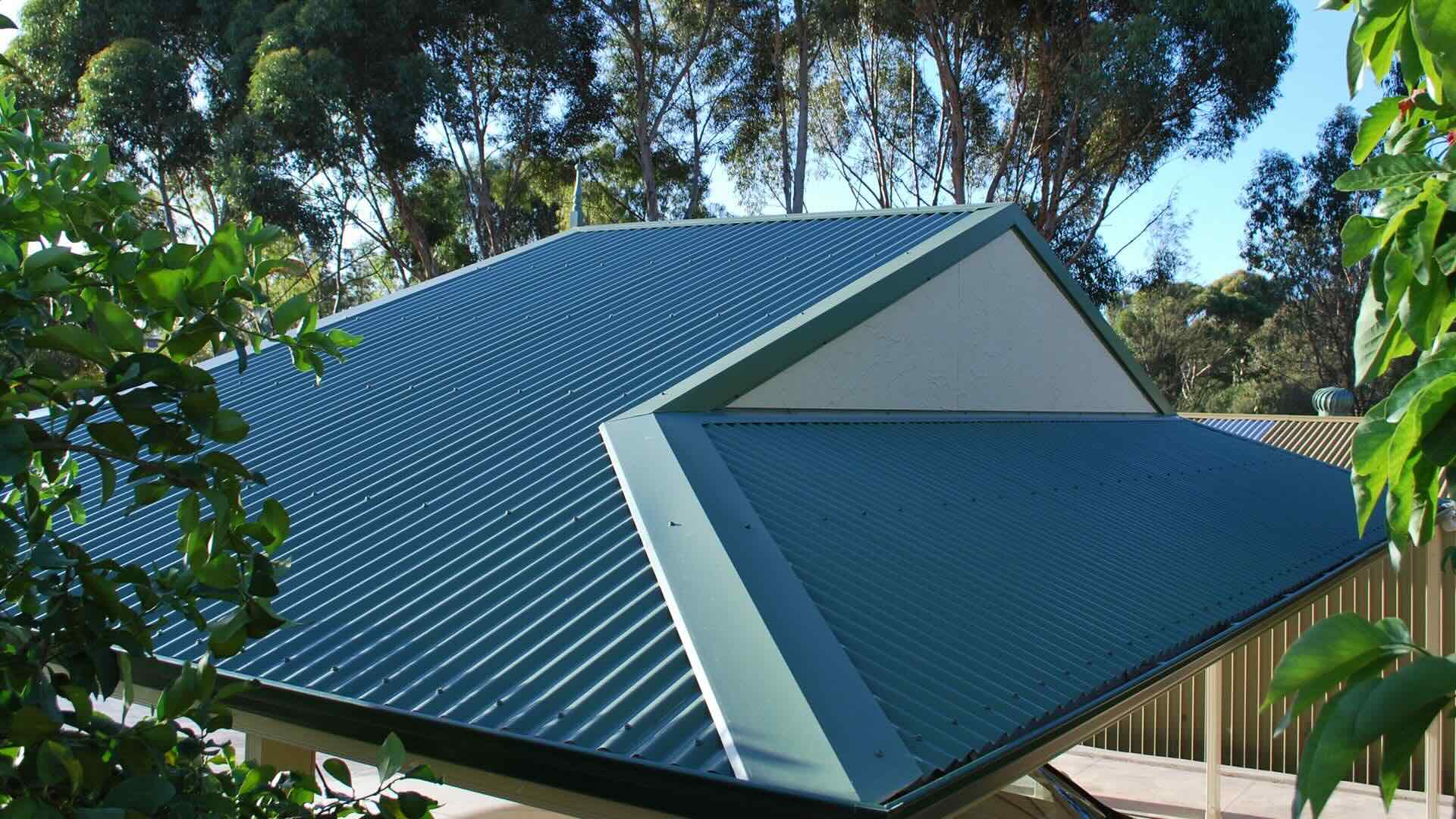
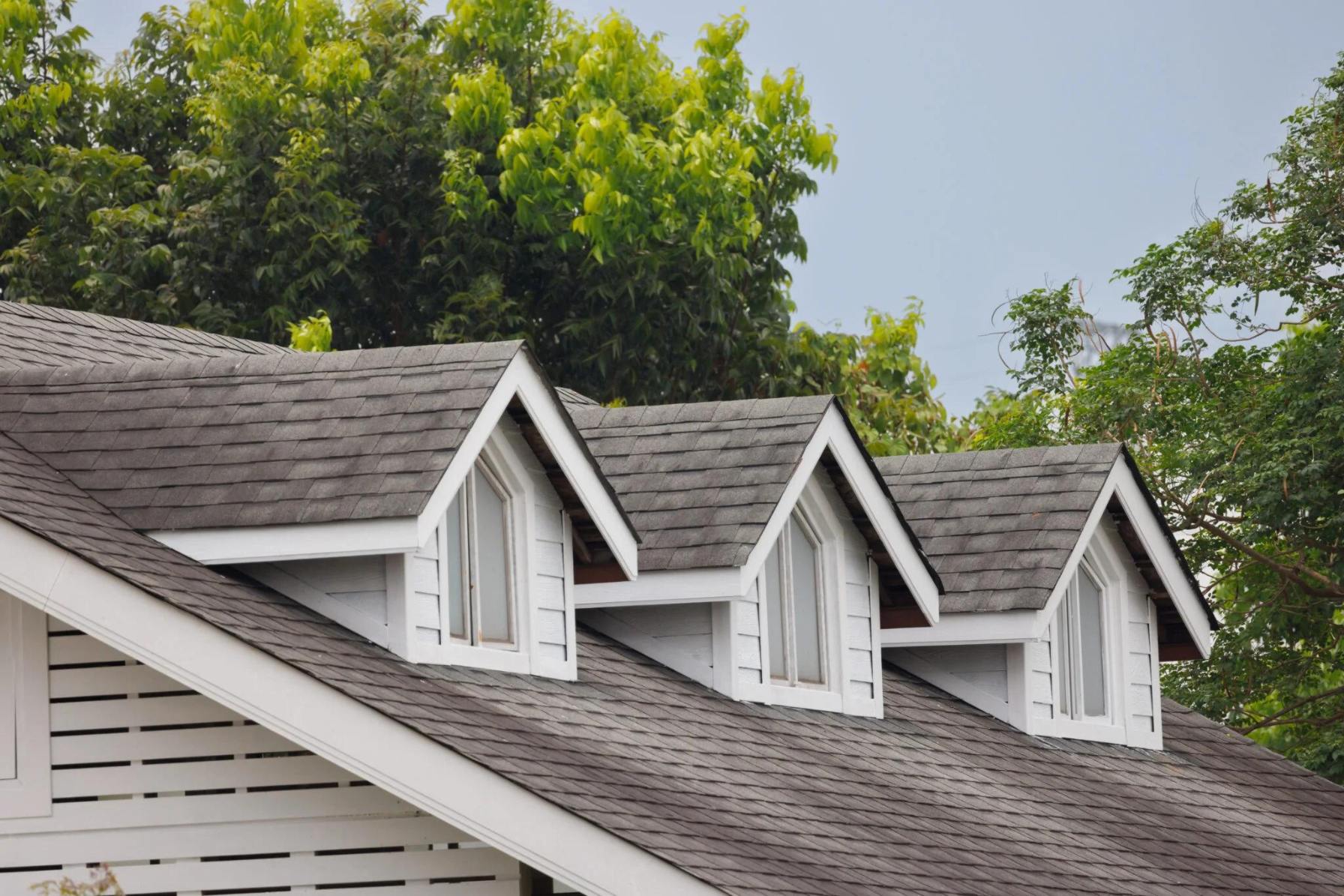
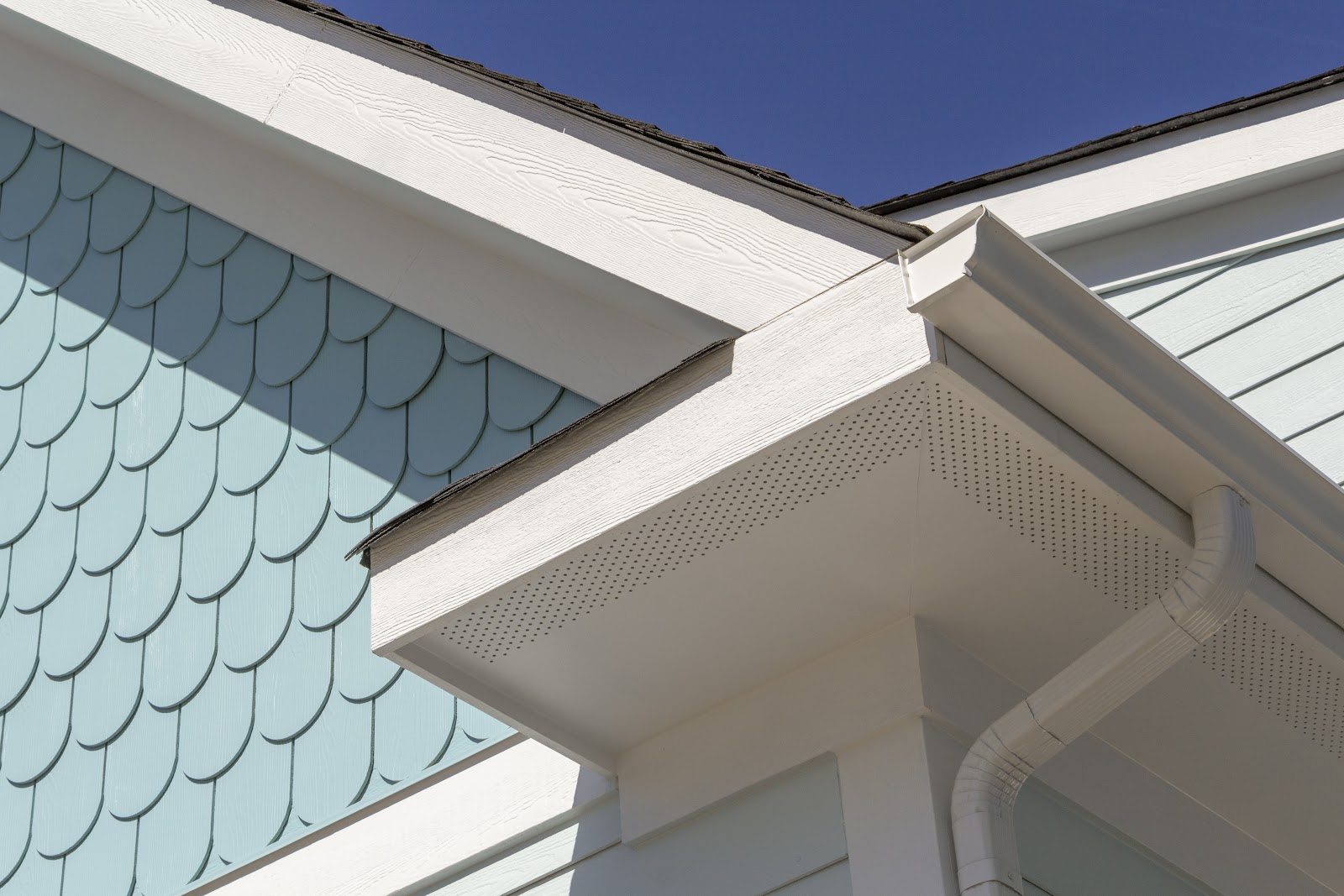
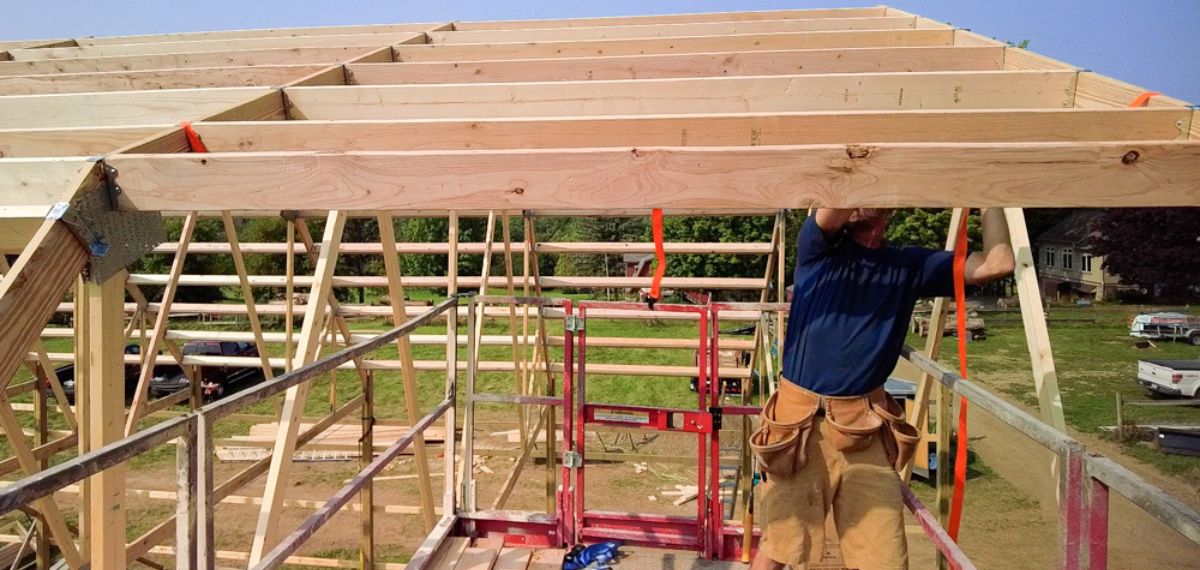
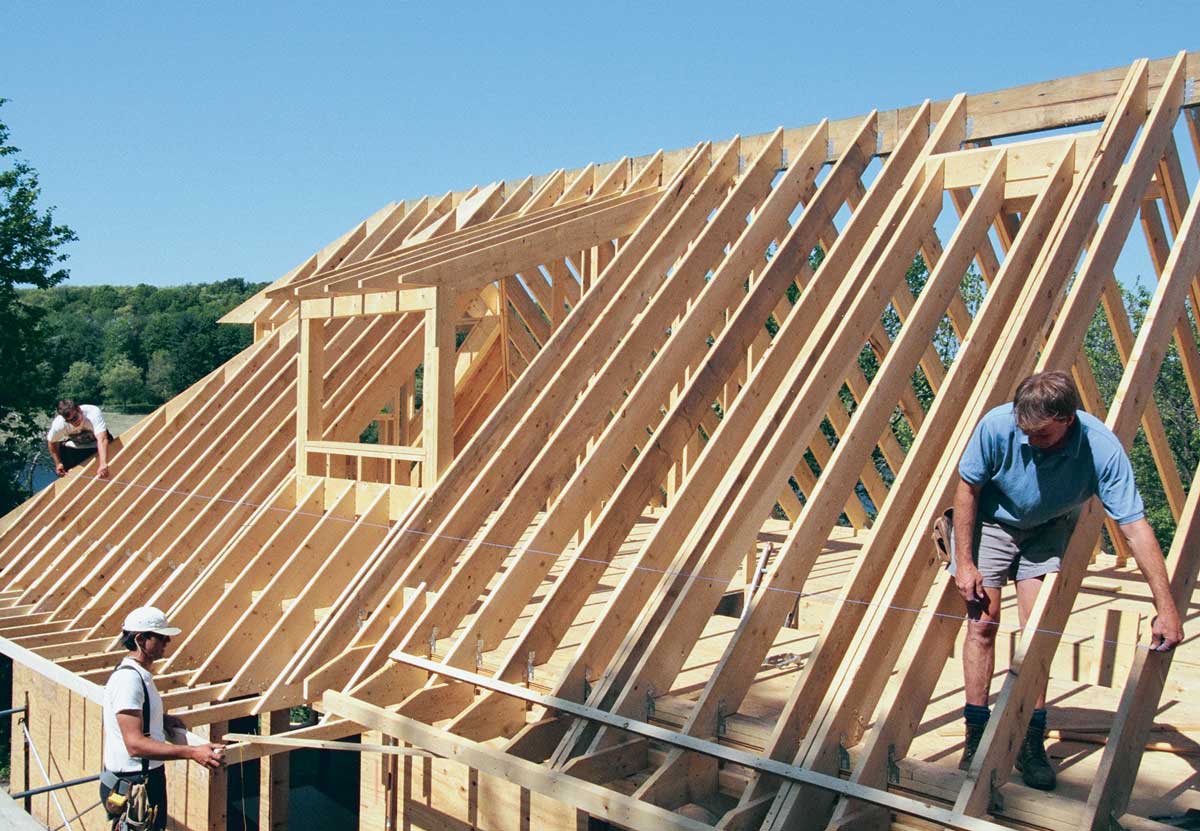
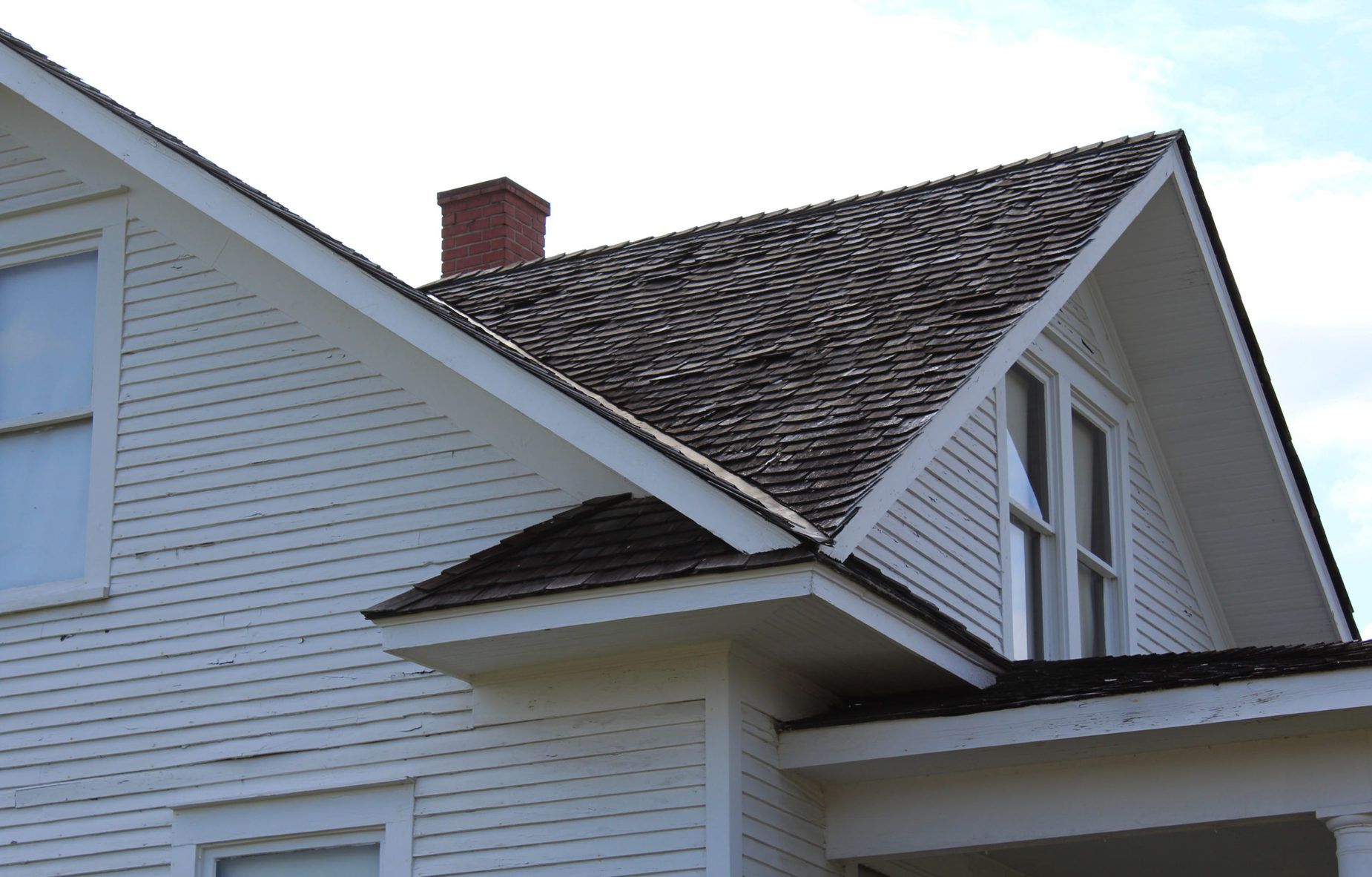
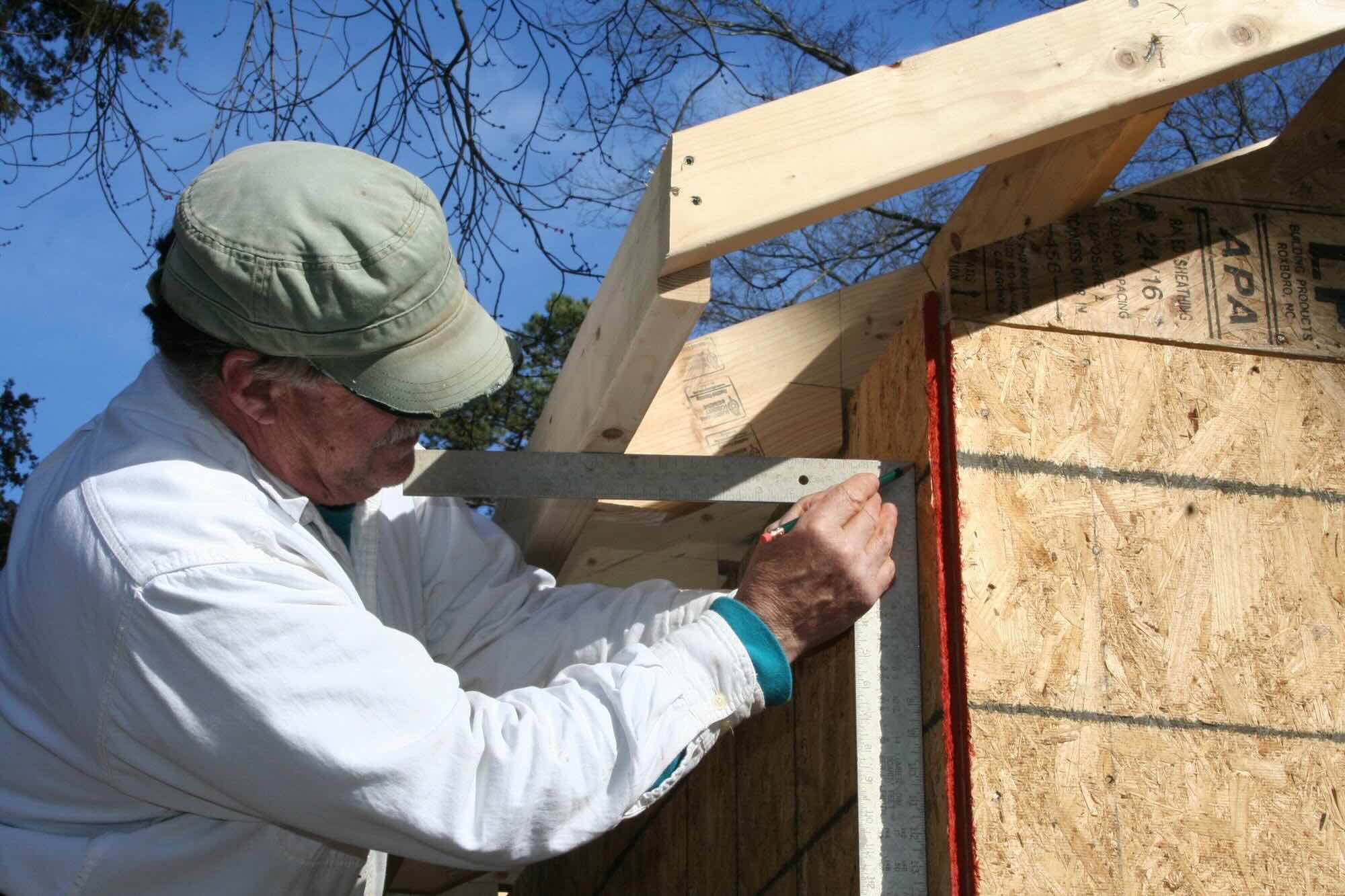
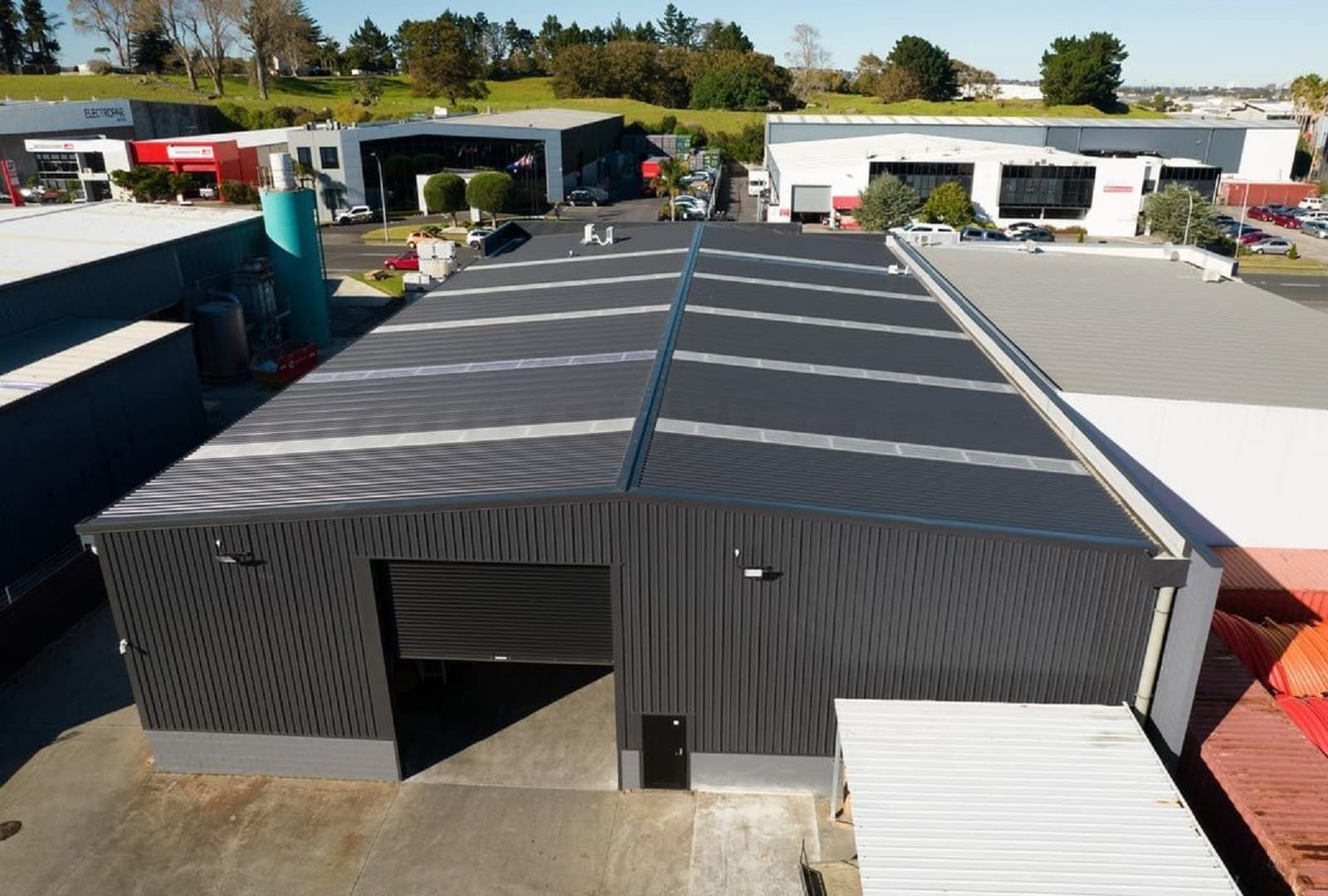
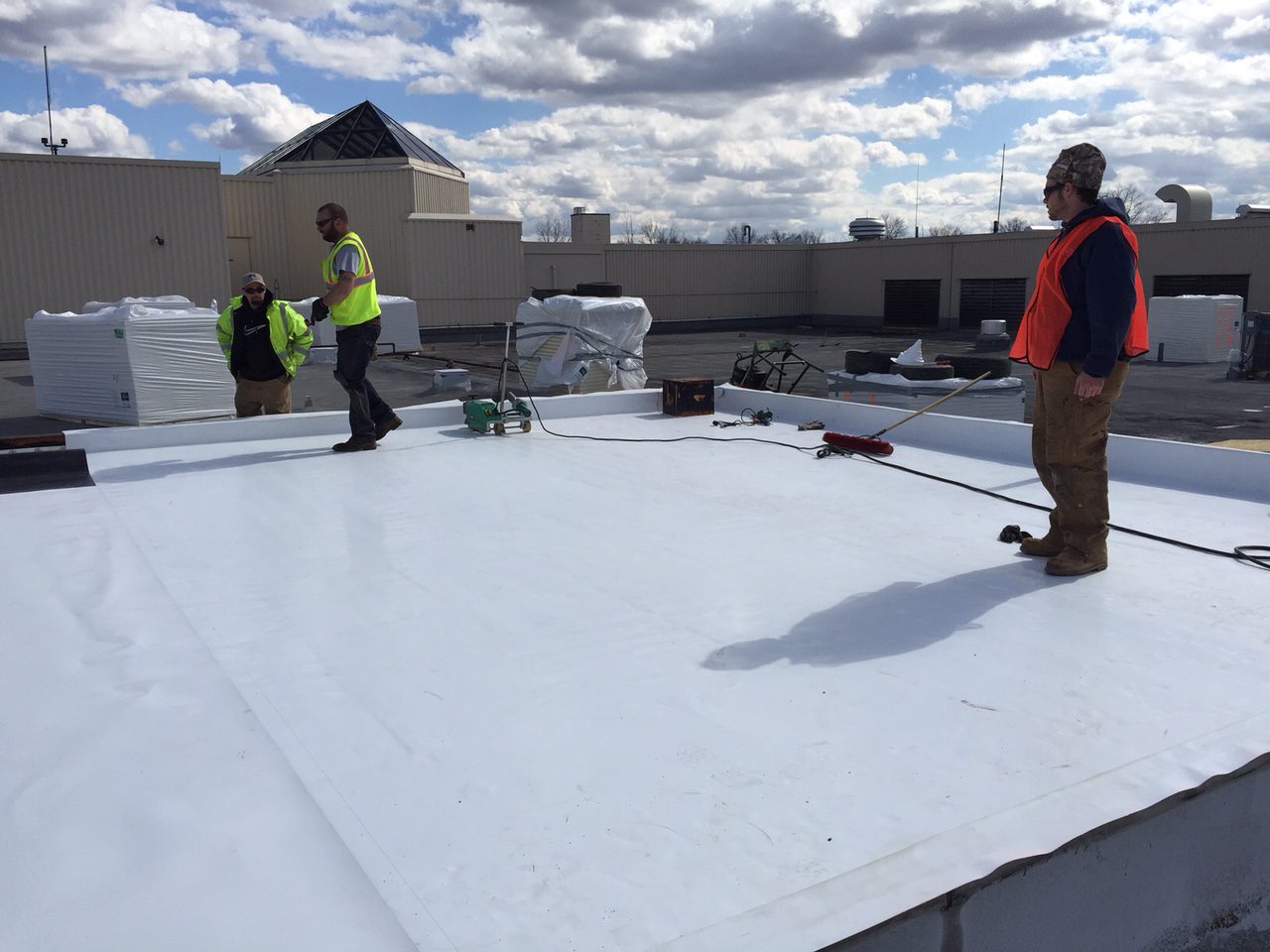
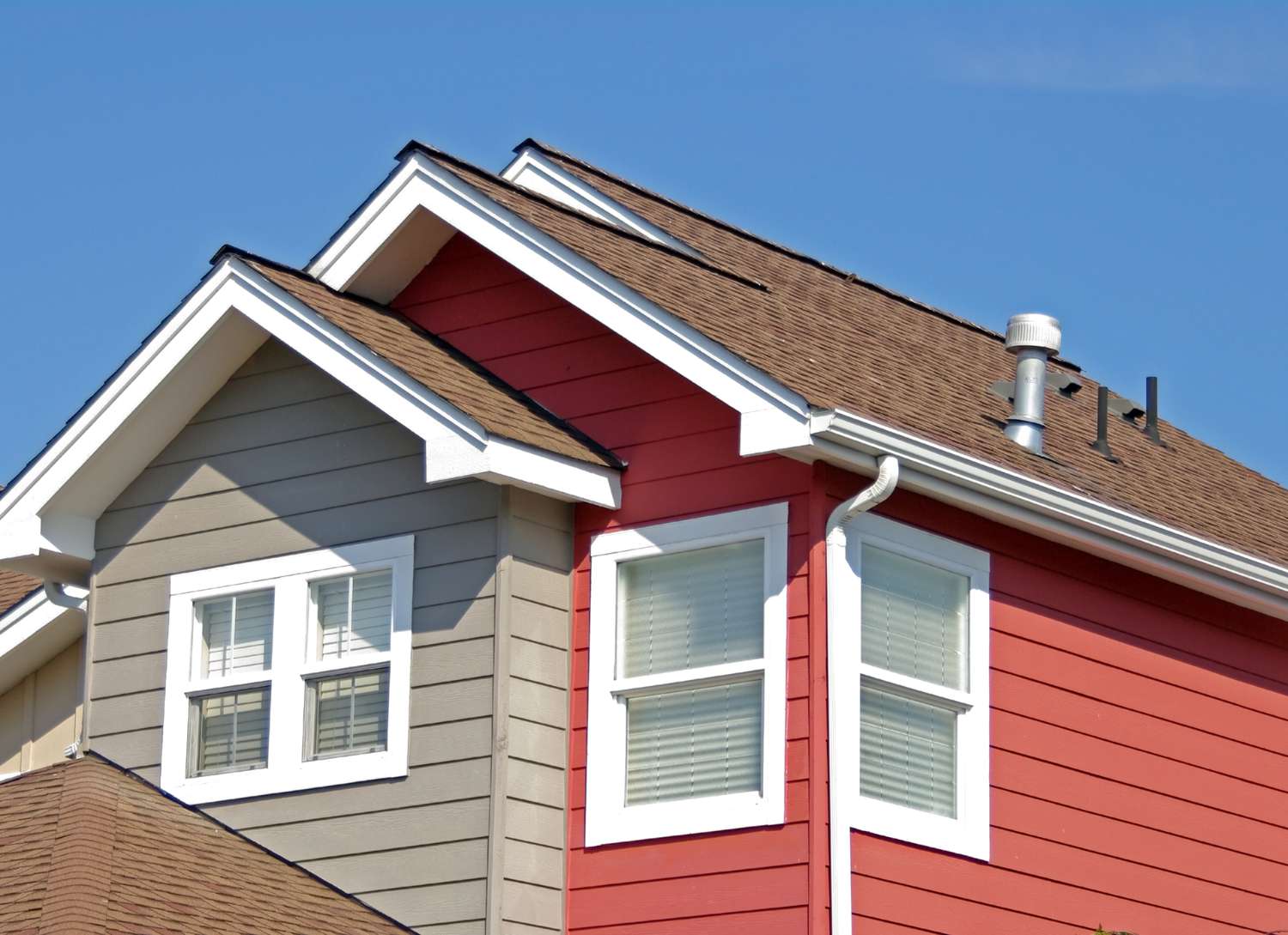
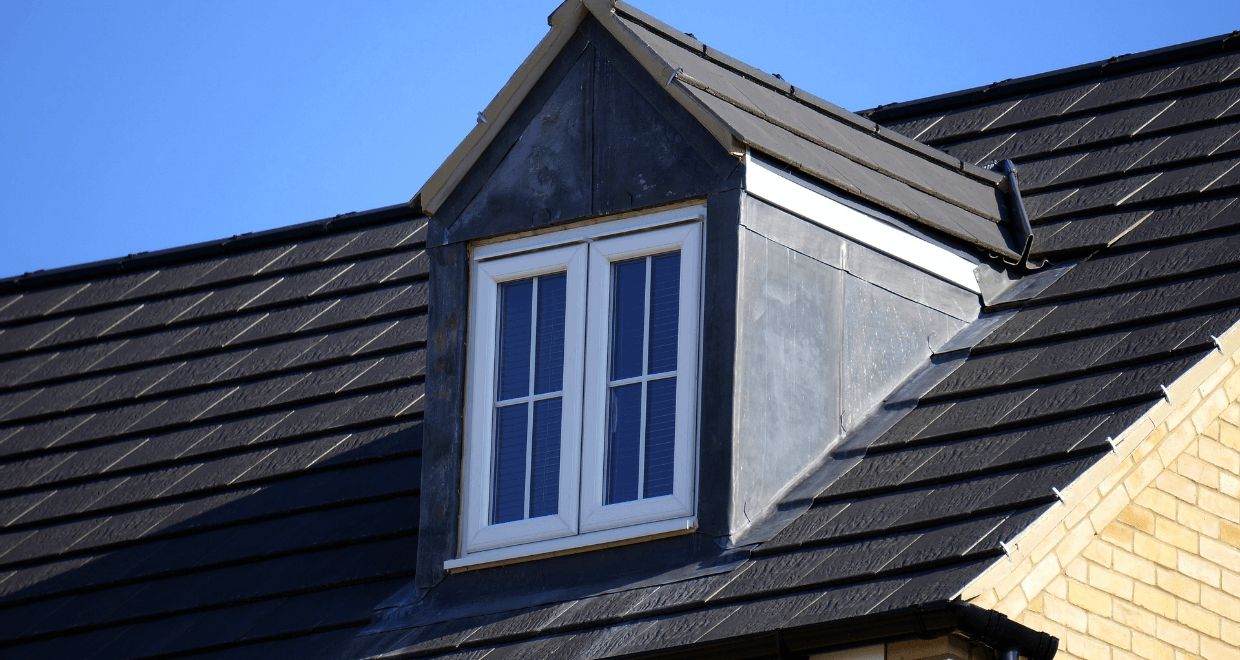
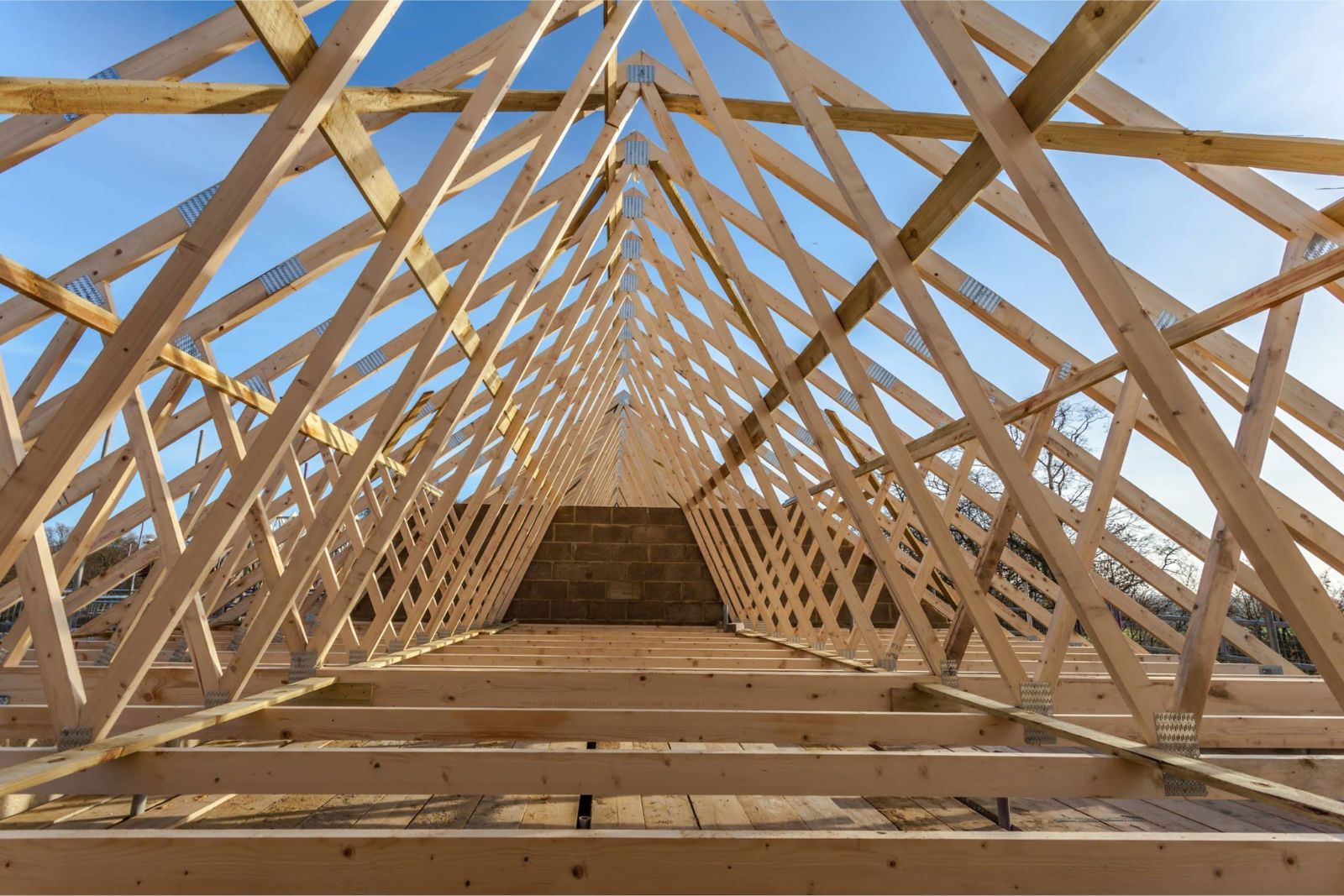
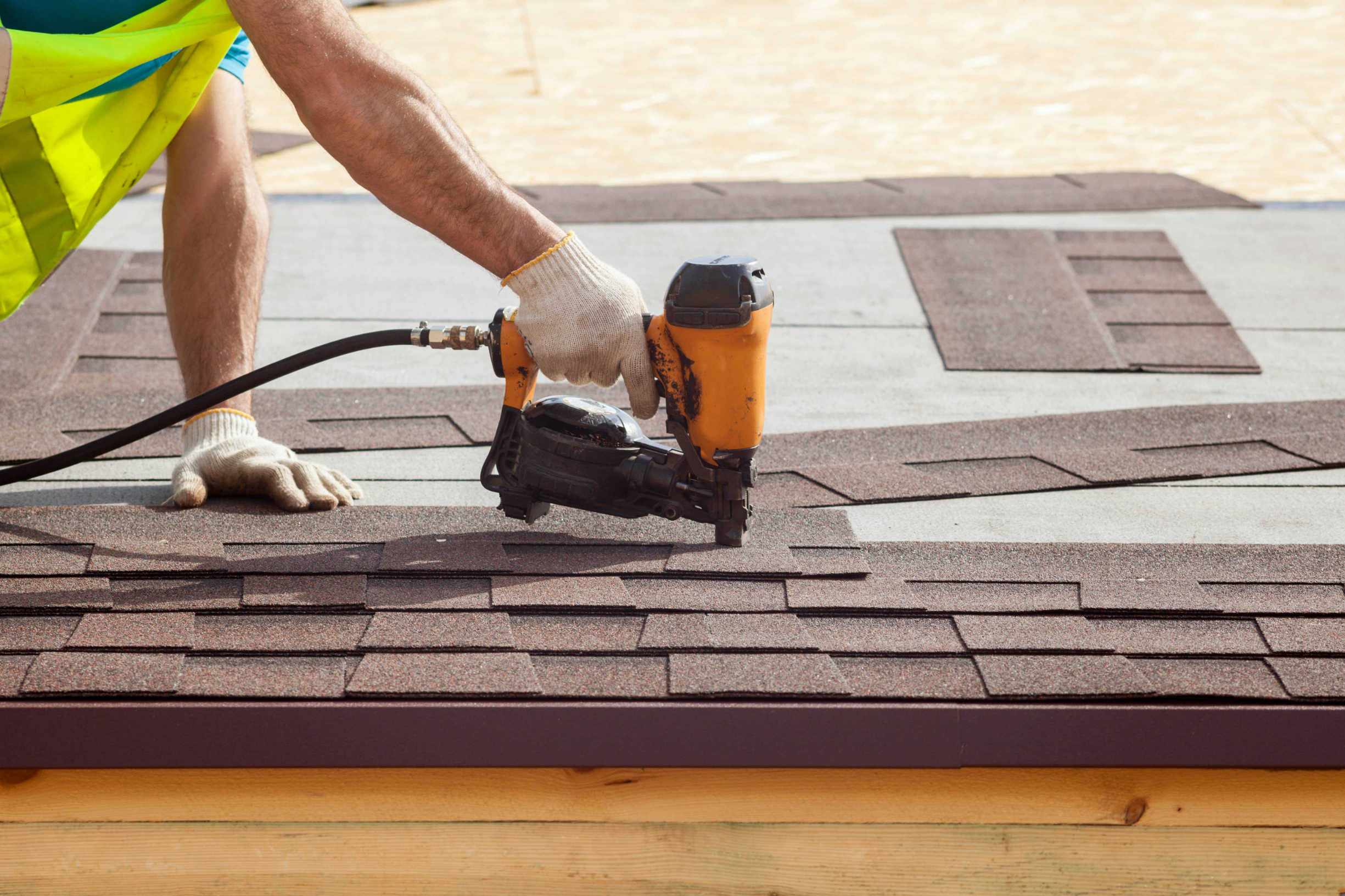

0 thoughts on “What Is A Roof Ridge”